The Ultimate Guide to Choosing the Best Productivity Software
Welcome, productivity warriors! 🚀 Ever find yourself drowning in a sea of tasks, notifications, and never-ending to-do lists? In this fast-paced digital landscape, you’re not alone. We’re living in an era where time is the new currency, and how you spend it defines your success.
If you missed a related article on personal productivity more generally, you can check it out here.
“Productivity is never an accident. It is always the result of a commitment to excellence, intelligent planning, and focused effort.”
— Paul J. Meyer
The Digital Lifesaver: Productivity Software
Productivity software is your digital lifeline, your trusty sidekick in the battle against time-wastage. Whether it’s managing projects, tracking time, or automating repetitive tasks, the right productivity tool can be the difference between ‘Just Another Day’ and ‘Best Day Ever!’. These aren’t just apps; they’re extensions of your brain, decluttering your mental space so you can focus on what matters most.
Why Does It Matter?
- Enhanced Focus: Eliminate distractions, get into the flow.
- Task Management: Simplify complex tasks into manageable chunks.
- Automation: Goodbye, grunt work!
- Collaboration: Teamwork makes the dream work.
- Data Insights: Understand your work habits better.
- Mobility: Work from anywhere, anytime.
- Customization: Make it work the way you work.
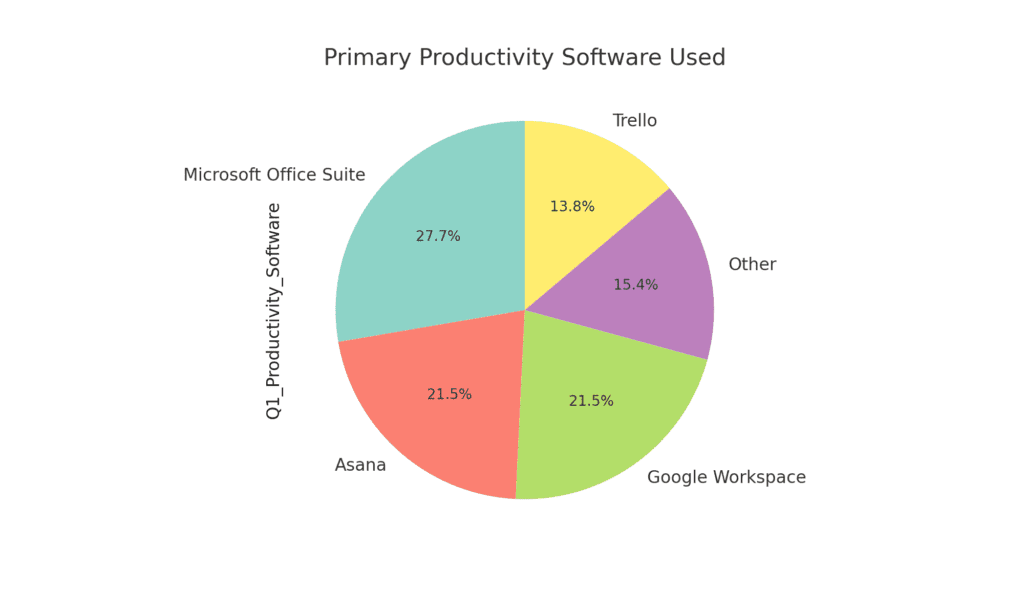
The Paradox of Choice
Ah, but here’s the rub: with hundreds of options at your fingertips, picking the right tool can become a task in itself. You’re faced with the paradox of choice, overwhelmed by features, pricing models, and user reviews. Think of this guide as your personal GPS, steering you through the labyrinth of choices to your ultimate productivity destination.
| Pain Points | Solutions Offered by Productivity Software |
|---|---|
| Task Overload | Prioritization and Scheduling |
| Team Misalignment | Real-time Collaboration |
| Time-Wasting | Automation and Efficiency Tools |
The Productivity Buffet
So, are you looking for a Swiss Army knife of functionalities, or do you need a specialized tool to solve a particular problem? The market offers a productivity buffet: all-in-one platforms like Notion, specialized software like Jira for project management, or apps like Todoist for task tracking. There’s something for everyone, but not every dish is to everyone’s taste.
What’s In This Guide?
This guide is designed to be your definitive resource for choosing the best productivity software in 2023. We’ll delve into:
- Understanding Productivity Software: The A to Z of what these tools are and what they do.
- Features to Look For: The good, the bad, and the unnecessary.
- Budgeting for Success: How much should you really be spending?
- Real-world Case Studies: Learn from those who’ve been there, done that.
Ready to turbocharge your productivity? Buckle up, because we’re about to take off. 🚀
Note: For additional advice on productivity software, other recommended sources include PCMag or TechCrunch.
Part I: Understanding Productivity Software
What is Productivity Software?
Productivity software is a category of applications designed to help individuals and teams accomplish tasks more efficiently and effectively. These tools often provide functionalities for planning, organizing, and managing various kinds of work.
Quote: “Productivity is being able to do things that you were never able to do before.” – Franz Kafka
Core Functionalities:
- Task Management: Keep track of what needs to be done.
- Time Tracking: Measure how you spend your time.
- Collaboration: Work together in real-time.
- Document Creation: Write, edit, and store documents.
- Note-taking: Capture ideas and insights quickly.
These core functionalities are often customizable, allowing you to adapt the software to your specific needs. Websites like Capterra offer comprehensive lists and reviews of productivity software.
Why Do You Need Productivity Software?
In today’s fast-paced digital landscape, the lines between work and personal life are increasingly blurred. Productivity software plays a critical role in helping us manage this complexity.
Roles in Modern Life:
- Work Efficiency: Streamline workflows and reduce manual effort.
- Collaboration: Enables seamless teamwork, even from remote locations.
- Time Management: Helps you allocate time wisely.
- Organizational Skills: Centralizes all your tasks, notes, and documents.
- Life Balance: Helps you juggle work, personal projects, and family time more effectively.
For example, a project manager might use productivity software like Asana to assign tasks to team members and track their progress, ensuring that everyone is aligned and projects are completed on time.
Types of Productivity Software
Table: Categories and Examples
| Category | Examples |
|---|---|
| Time Management | Toggl, RescueTime |
| Task Management | Asana, Trello |
| Collaboration | Slack, Microsoft Teams |
| Note-taking | Evernote, OneNote |
Different types of productivity software cater to various needs, from managing time to jotting down quick notes.
- Time Management: These tools often offer features like timers and reports to help you understand where your time goes.
- Task Management: Ideal for organizing tasks, setting priorities, and tracking progress.
- Collaboration: These tools facilitate real-time communication and file-sharing among team members.
- Note-taking: Capture, organize, and store information in a searchable format.
Note: “The best productivity tools are those that make your work easier and give you the feeling of greater capacity without adding to your stress.” – Peter Drucker
In my experience, finding the right mix of these types can significantly impact your effectiveness in both work and personal projects. I’ve used Trello for task management and Slack for team collaboration, and the synergy between these tools has made me more productive.
Understanding productivity software is the first step to optimizing your workflow and achieving a balanced life. In the next part, we’ll delve into how to choose the right productivity tools for you.
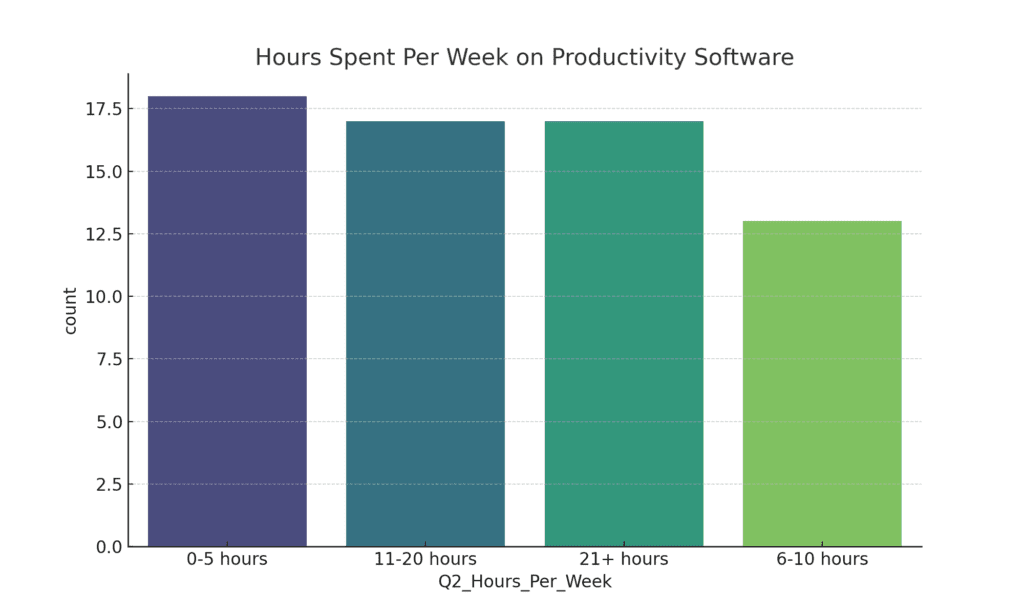
Part II: Identifying Your Needs
Know Your Workflow
Before diving into the sea of productivity tools, it’s crucial to understand your workflow. Knowing what tasks you do daily and where you face bottlenecks will guide you in selecting the right software.
Steps to Understand Your Workflow:
- List Daily Tasks: Jot down everything you do in a typical workday.
- Identify Pain Points: Where do you lose time? Where do you get stuck?
- Prioritize: Rank tasks by their impact and frequency.
Quote: “You can’t manage time if you don’t know where it’s going.” – David Allen, author of “Getting Things Done”
For instance, if you’re spending too much time managing emails, a tool like SaneBox could help you declutter your inbox efficiently.
Setting Your Budget
Table: Free vs Paid Options
| Type | Pros | Cons |
|---|---|---|
| Free | No initial cost, good for trial | Limited features |
| Paid | Advanced functionalities | Monthly or yearly subscription |
When considering budget, you have to weigh the benefits of free vs. paid options. Many productivity tools offer both, often with the free version providing basic functionalities.
Note: “Price is what you pay. Value is what you get.” – Warren Buffett
Platform Compatibility
In our multi-device world, platform compatibility is not to be ignored. Your chosen software should work seamlessly whether you’re on a Windows PC, Mac, or mobile device.
Considerations:
- Operating System: Windows, macOS, or Linux.
- Mobile Support: iOS or Android apps.
- Cross-Platform: Sync between different devices.
Many tools like Evernote and Trello offer cross-platform availability, making it easy to switch between devices.
Ease of Use
The last thing you want is a productivity tool that’s hard to use. A steep learning curve can be a significant hindrance.
User Interface Elements:
- Intuitive Design: Easy to navigate.
- Quick Onboarding: Tutorials or guides for newcomers.
- Accessibility: Keyboard shortcuts, voice commands.
Quote: “Simple is better than complex. Complex is better than complicated.” – Tim Peters, “The Zen of Python”
Team vs. Individual Use
Some tools are better suited for teams, while others focus on solo productivity.
Table: Team vs Individual Use
| Focus | Examples | Best For |
|---|---|---|
| Individual | Todoist, Notion | Freelancers, personal projects |
| Team | Asana, Slack | Business and collaborations |
- Individual Use: These tools often provide greater customization but may lack advanced collaboration features.
- Team Use: Designed to improve team communication and project tracking.
In my own work, I’ve often found that using a combination of individual and team-focused tools offers the best of both worlds.
Identifying your needs is the foundation of choosing the right productivity software. In the next part, we’ll look into how to evaluate and compare different tools to make the final choice.
Part III: Features to Look For
Time-Tracking Capabilities
Time is money, especially if you’re a freelancer or remote worker. Time-tracking capabilities are not just a nice-to-have but often a requirement for this demographic.
Time-Tracking Essentials:
- Timer Functionality: Start and stop as you work.
- Automatic Tracking: Logs your activities without any manual input.
- Reports: Detailed breakdowns of time spent on tasks and projects.
Quote: “Until we can manage time, we can manage nothing else.” – Peter Drucker
Whether you’re billing clients by the hour or just trying to understand your work habits, time-tracking tools like Toggl and RescueTime can be lifesavers.
Task Management Features
In the world of work, tasks are the building blocks of projects. For entrepreneurs and team leaders, task management is an essential part of the productivity puzzle.
Key Features:
- Task Assignment: Allocate tasks to different team members.
- Due Dates: Set and monitor deadlines for each task.
- Status Updates: Keep track of progress over time.
[Internal Link: “Why Every Entrepreneur Needs a Task Management Tool”]
Note: “A good system shortens the road to the goal.” – Orison Swett Marden
From my personal experience, using task management tools like Asana has streamlined my team’s workflow, making project tracking almost effortless.
Note-Taking Functions
The human brain is fantastic, but it’s not perfect at remembering every detail. That’s where note-taking apps come in. These apps are more than just digital notebooks; they are systems for organizing, categorizing, and even sharing your thoughts.
Popular Note-Taking Apps:
- Evernote: Great for clipping web articles and straightforward note-taking.
- Notion: Highly customizable and excellent for project management.
[Internal Link: “Comparing Popular Note-Taking Apps: Evernote vs. Notion”]
Quote: “The faintest ink is more powerful than the strongest memory.” – Chinese Proverb
Collaboration Tools
The term ‘collaboration’ has been buzzworthy for a while now, but it’s more than just a trend. Effective collaboration can be the difference between a project’s success and failure.
Collaboration Heavyweights:
- Slack: Known for its chat rooms and third-party integrations.
- Microsoft Teams: Offers seamless integration with the Microsoft Office ecosystem.
[Internal Link: “The Rise of Collaboration Tools: Slack vs. Teams”]
In today’s remote-working world, tools like Slack and Microsoft Teams are not optional; they’re mandatory.
Integration and Compatibility
No tool is an island. In today’s interconnected tech ecosystem, your productivity software should easily integrate with other tools you use.
Integration Considerations:
- APIs: Does the tool offer APIs for custom integrations?
- Plugins: Are there readily available add-ons or extensions that extend functionality?
- Data Export: Can you easily export your data to another platform?
This feature is often overlooked but can save you countless hours in the long run.
Security Features
Last but certainly not least, security features are paramount. As cyber threats become more sophisticated, the onus is on you to protect your data.
Security Checklist:
- Encryption: Is your data encrypted end-to-end?
- Two-Factor Authentication (2FA): An additional layer of security beyond just your password.
- User Permissions: Ability to control who has access to what within your team.
Quote: “The only truly secure system is one that is powered off, cast in a block of concrete and sealed in a lead-lined room with armed guards.” – Gene Spafford, computer security expert
Don’t overlook this aspect when choosing productivity software. Platforms like Dropbox and Google Workspace take security seriously, offering multiple layers of protection.
By thoroughly examining these features, you can find a productivity software that doesn’t just meet your needs but enhances your entire workflow. In the next section, we will explore how to evaluate these options to make the best choice for you and your team.
Part IV: Making The Choice
Demo and Trial Periods
Before you invest in any productivity software, taking it for a test drive is essential. Most reputable software solutions offer demo or trial periods, allowing you to get a hands-on feel for the tool.
Why Demo and Trial Periods Matter:
- Functionality: You can check if the software has the features you need.
- Ease of Use: Get a sense of the user interface and overall user experience.
- Compatibility: Test how well it integrates with your existing systems.
Quote: “Look before you leap.” – Aesop
Platforms like Asana and Todoist offer free trials, letting you experience the full range of features before making a decision.
Reading Reviews and Getting Recommendations
Not all reviews are created equal. Finding reliable sources for software reviews will offer insights you might not have considered.
Where to Find Reliable Reviews:
- Tech Blogs: Websites like TechCrunch or CNET often provide in-depth reviews.
- User Reviews: Websites like G2 or Trustpilot feature real user reviews.
- Personal Recommendations: Don’t underestimate the value of a good recommendation from a friend or colleague.
Note: “Trust, but verify.” – Russian Proverb
Return on Investment (ROI)
Measuring ROI isn’t just for big business investments; it’s crucial for productivity software too. The time and effort saved should justify the cost.
Ways to Measure ROI:
- Time Saved: Are you accomplishing tasks more quickly?
- Increased Output: Are you or your team more productive overall?
- Reduced Stress: Is work-life balance easier to maintain?
Quote: “Productivity is never an accident. It is always the result of a commitment to excellence, intelligent planning, and focused effort.” – Paul J. Meyer
Making the Final Decision
You’ve done the research, taken the test drives, and weighed the pros and cons. Now it’s time to make the final decision.
Final Evaluation Checklist:
- Features: Does it have all the features you need?
- Budget: Is it within your budget?
- Compatibility: Does it work with your existing systems and devices?
- Reviews and Ratings: What are other users saying?
- ROI: Do the benefits outweigh the costs?
In my journey of choosing productivity tools, the final checklist has been invaluable. It acts as a summary of all the research and testing, ensuring that the decision is well-rounded and thorough.
By considering these critical aspects—demo periods, reliable reviews, ROI, and a final checklist—you’re well-equipped to make an educated choice. Your ideal productivity software is out there; it’s just a matter of finding it.
Part V: Popular Software Reviews
Top Time-Tracking Apps
When it comes to freelancing, time-tracking is not just an option—it’s a necessity. Knowing how you spend your time not only aids in self-management but is also crucial when billing clients.
Leading Time-Tracking Apps:
- Toggl: Known for its user-friendly interface and robust reporting features.
- RescueTime: Offers automatic tracking and productivity scoring.
- Clockify: A free option that provides basic time-tracking and reporting.
[Internal Link: “10 Best Time Tracking Apps for Freelancers”]
Quote: “The bad news is time flies. The good news is you’re the pilot.” – Michael Altshuler
From my own experience, using Toggl has helped me track project hours with ease, allowing me to focus on the work at hand rather than constant time management.
Best Task Management Tools
Task management is essential for nearly everyone, from entrepreneurs to project managers to creatives. The right tool can be your best ally in conquering the to-do list.
Top Task Management Tools:
- Asana: Offers project timelines and task assignments, ideal for teams.
- Todoist: Simple and intuitive, great for individual use.
- Jira: Geared towards software development projects.
Different professions require different features, so it’s crucial to choose a tool that aligns with your specific needs.
Note: “Efficiency is doing the thing right. Effectiveness is doing the right thing.” – Peter Drucker
Note-Taking Apps Face-Off
Taking notes is a habit that transcends professional boundaries. Whether you’re a student, a journalist, or a CEO, you need a reliable way to jot down information.
Note-Taking App Showdown:
- Evernote: Offers powerful search features and integrates well with other apps.
- Notion: Known for its customization and diverse set of features.
- OneNote: Good for those already invested in the Microsoft ecosystem.
[Internal Link: “Comparing Popular Note-Taking Apps: Evernote vs. Notion”]
Quote: “Your mind is for having ideas, not holding them.” – David Allen, author of “Getting Things Done”
Collaboration Tools Showdown
In our interconnected world, collaboration tools are the bridges that link us—whether we’re in the same room or thousands of miles apart.
Leading Collaboration Tools:
- Slack: Known for instant messaging and third-party app integrations.
- Microsoft Teams: Strong in video conferencing and integrates well with Microsoft 365.
- Zoom: Popular for video meetings but also offers chat and file-sharing features.
Note: “Alone we can do so little; together we can do so much.” – Helen Keller
Each of these tools has its own strengths and weaknesses. Slack might be ideal for quick, team-based chats, while Teams could be the go-to for organizations already using Microsoft products.
In summary, choosing the right productivity software depends on multiple factors, from your specific needs to your budget. By taking the time to understand the leading options in each category, you’ll be better equipped to make an informed decision. The right tool is out there, waiting to elevate your productivity to the next level.
Part VI: Future of Productivity Software
AI and Automation
As we venture further into the 21st century, the role of artificial intelligence (AI) and automation in our lives is becoming increasingly significant. In the realm of productivity software, these technologies promise to revolutionize how we work, live, and communicate.
AI and Automation Trends:
- Predictive Analysis: Future software could predict your needs based on past behavior, automating task creation or suggesting better workflows.
- Chatbots: AI-powered assistants could take on roles beyond customer service, such as helping with task management or data analysis.
- Automated Reporting: Automation in generating real-time reports could save countless hours of manual data crunching.
Quote: “AI is likely to be either the best or worst thing to happen to humanity.” – Stephen Hawking
[Internal Link: “How AI and Automation are Changing the Face of Productivity”]
While the promise of AI and automation is alluring, there’s also a need for caution. Over-reliance on these technologies could lead to job losses or a lack of human touch in decision-making.
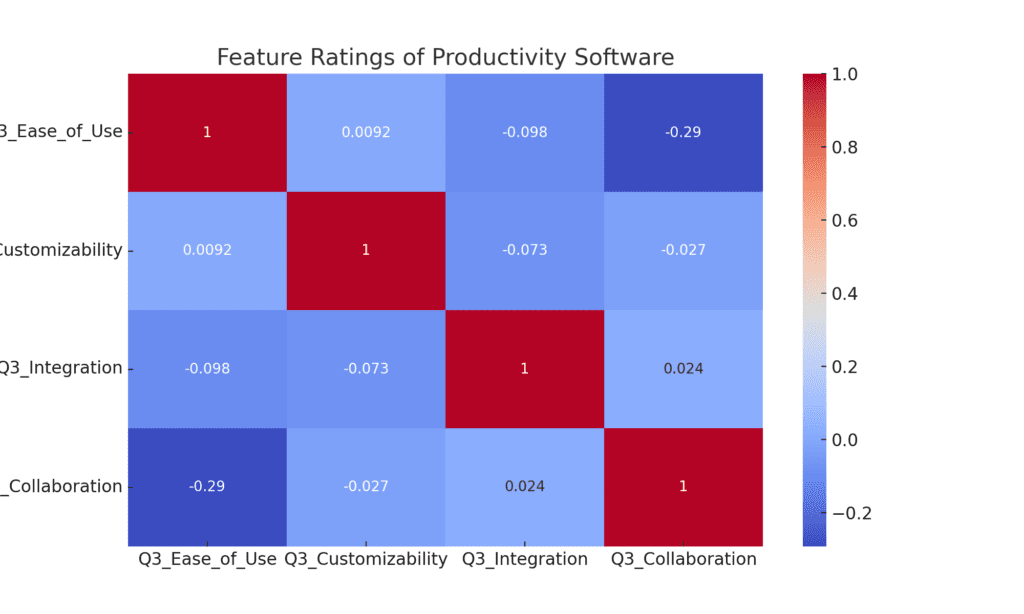
Sustainability and Software
The topic of sustainability is becoming hard to ignore, even in the world of software. While digital solutions are inherently more eco-friendly than paper-based systems, there’s still room for improvement.
Sustainable Software Options:
- Low Energy Consumption: Software that requires less processing power.
- Cloud-Based Solutions: Utilizing shared resources can be more energy-efficient.
- Recycling Programs: Some companies offer schemes to recycle or repurpose old hardware.
Note: “We do not inherit the Earth from our ancestors; we borrow it from our children.” – Native American Proverb
Software companies are increasingly recognizing their role in sustainability. For instance, Salesforce has committed to reaching 100% renewable energy by 2022.
Ethical Considerations
In an age where data is the new oil, ethical considerations around productivity software are becoming increasingly critical. Data privacy, in particular, is a hot-button issue that consumers and corporations alike need to pay attention to.
Ethical Concerns:
- Data Privacy: Where is your data stored, and who has access to it?
- Transparency: Are companies transparent about how they use your data?
- Inclusivity: Is the software designed to be accessible to people with disabilities?
Quote: “Ethics is knowing the difference between what you have a right to do and what is right to do.” – Potter Stewart, former U.S. Supreme Court Justice
The recent push towards privacy-focused features in software like Apple’s iOS is a step in the right direction, but the road ahead is long. Ethical considerations are not just a “nice-to-have” but a “must-have” in the evolving landscape of productivity software.
The future of productivity software is undoubtedly exciting but also rife with challenges and ethical dilemmas. As we embrace new technologies like AI and automation, it’s crucial to do so responsibly, keeping an eye on sustainability and ethical considerations. By staying informed and making thoughtful choices, we can hope to usher in an era of productivity software that not only makes our lives easier but also makes a positive impact on the world around us. With rapid advancements in technology, the productivity software of tomorrow may look nothing like today’s tools—but that’s a journey worth looking forward to.
Part VI: Future of Productivity Software
AI and Automation
As we venture further into the 21st century, the role of artificial intelligence (AI) and automation in our lives is becoming increasingly significant. In the realm of productivity software, these technologies promise to revolutionize how we work, live, and communicate.
AI and Automation Trends:
- Predictive Analysis: Future software could predict your needs based on past behavior, automating task creation or suggesting better workflows.
- Chatbots: AI-powered assistants could take on roles beyond customer service, such as helping with task management or data analysis.
- Automated Reporting: Automation in generating real-time reports could save countless hours of manual data crunching.
Quote: “AI is likely to be either the best or worst thing to happen to humanity.” – Stephen Hawking
[Internal Link: “How AI and Automation are Changing the Face of Productivity”]
While the promise of AI and automation is alluring, there’s also a need for caution. Over-reliance on these technologies could lead to job losses or a lack of human touch in decision-making.
Sustainability and Software
The topic of sustainability is becoming hard to ignore, even in the world of software. While digital solutions are inherently more eco-friendly than paper-based systems, there’s still room for improvement.
Sustainable Software Options:
- Low Energy Consumption: Software that requires less processing power.
- Cloud-Based Solutions: Utilizing shared resources can be more energy-efficient.
- Recycling Programs: Some companies offer schemes to recycle or repurpose old hardware.
Note: “We do not inherit the Earth from our ancestors; we borrow it from our children.” – Native American Proverb
Software companies are increasingly recognizing their role in sustainability. For instance, Salesforce has committed to reaching 100% renewable energy by 2022.
Ethical Considerations
In an age where data is the new oil, ethical considerations around productivity software are becoming increasingly critical. Data privacy, in particular, is a hot-button issue that consumers and corporations alike need to pay attention to.
Ethical Concerns:
- Data Privacy: Where is your data stored, and who has access to it?
- Transparency: Are companies transparent about how they use your data?
- Inclusivity: Is the software designed to be accessible to people with disabilities?
Quote: “Ethics is knowing the difference between what you have a right to do and what is right to do.” – Potter Stewart, former U.S. Supreme Court Justice
The recent push towards privacy-focused features in software like Apple’s iOS is a step in the right direction, but the road ahead is long. Ethical considerations are not just a “nice-to-have” but a “must-have” in the evolving landscape of productivity software.
The future of productivity software is undoubtedly exciting but also rife with challenges and ethical dilemmas. As we embrace new technologies like AI and automation, it’s crucial to do so responsibly, keeping an eye on sustainability and ethical considerations. By staying informed and making thoughtful choices, we can hope to usher in an era of productivity software that not only makes our lives easier but also makes a positive impact on the world around us. With rapid advancements in technology, the productivity software of tomorrow may look nothing like today’s tools—but that’s a journey worth looking forward to.
Part VII: Final Thoughts and Recommendations
Personal Recommendations
Navigating the landscape of productivity software can be daunting. That’s why personal recommendations based on different needs and professions can be invaluable. Feel free to check out other articles on my website www.productivitywonk.com.
Editor’s Choice:
- For Freelancers: Toggl is my go-to for time tracking. Its intuitive design makes it easy to use, and its robust reporting features offer invaluable insights.
- For Entrepreneurs: Asana is a game-changer for task management. I’ve found its project timelines and task assignment features to be incredibly useful for keeping a team on track.
- For Students: Notion is a versatile note-taking app that can also manage tasks and projects. Its adaptability makes it ideal for academic use.
Quote: “The essence of strategy is choosing what not to do.” – Michael Porter
FAQs
Frequently Asked Questions:
- Is Free Software Reliable?
- While free options can be useful, they often lack advanced features or come with ads.
- How Secure is My Data?
- This varies by provider. Always read the privacy policy and look for encryption and two-factor authentication.
- Can I Use Multiple Productivity Tools?
- Absolutely, but keep in mind that using too many tools can become counterproductive.
Conclusion
The world of productivity software is vast and ever-evolving. With advancements in AI, an increasing focus on sustainability, and growing ethical considerations, the future promises to be exciting yet challenging. My final takeaway is to choose your tools wisely, always keeping your specific needs and ethical considerations in mind.
What to Expect in Future Updates:
- Emerging Technologies: AI and automation will continue to evolve, offering new features and capabilities.
- Ethical and Sustainable Practices: Expect a greater push towards ethical data usage and sustainable software solutions.
- User-Centric Designs: As the market grows more competitive, user experience will become a critical differentiator.
Additional Resources
For those interested in diving deeper, here are some recommendations for further reading and learning.
Further Reading:
- Books:
- “Deep Work” by Cal Newport
- “Getting Things Done” by David Allen
- Courses:
- Links:
Note: “The capacity to learn is a gift; the ability to learn is a skill; the willingness to learn is a choice.” – Brian Herbert
Acknowledgements and Credits
I’d like to thank all the experts and authors whose quotes and insights have enriched this guide. Also, a big thank you to our readers for their engagement and curiosity.
Credits:
- Data and insights courtesy of G2 and Capterra
- Quotes from industry experts and thought leaders
- Special thanks to the community for their invaluable feedback
This concludes our comprehensive guide to productivity software. Whether you’re a freelancer, a student, or a CEO, there’s a tool out there that can elevate your productivity to new heights. Here’s to a more productive you!
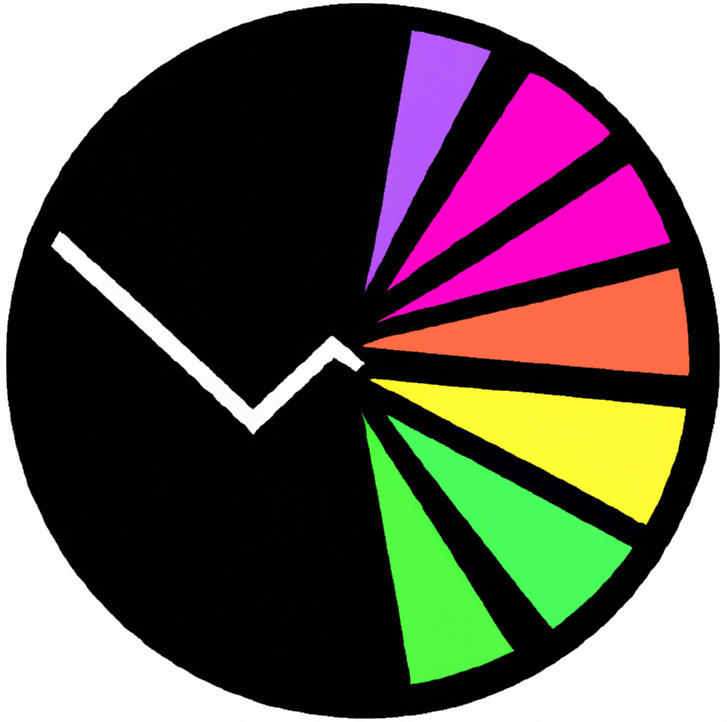
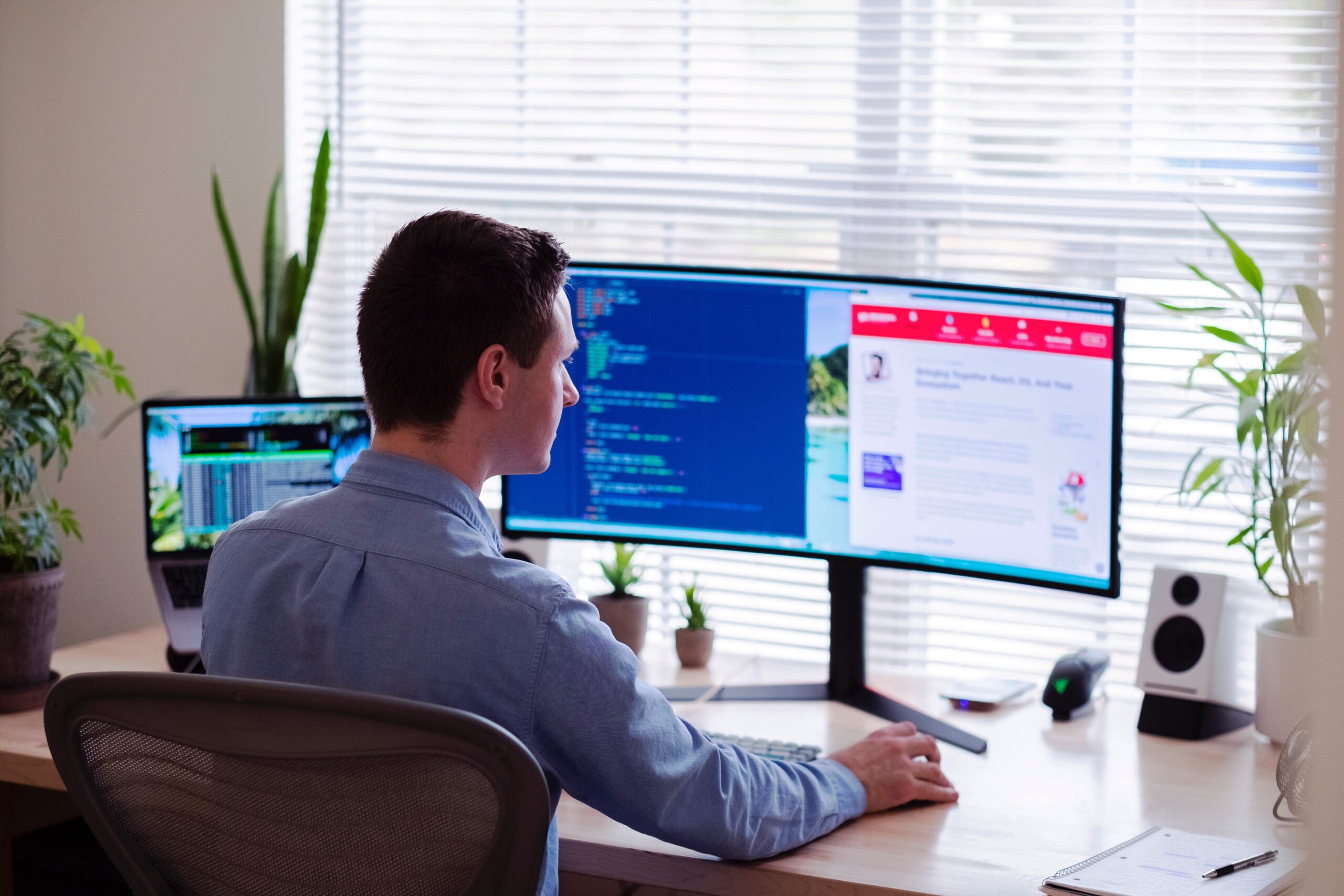
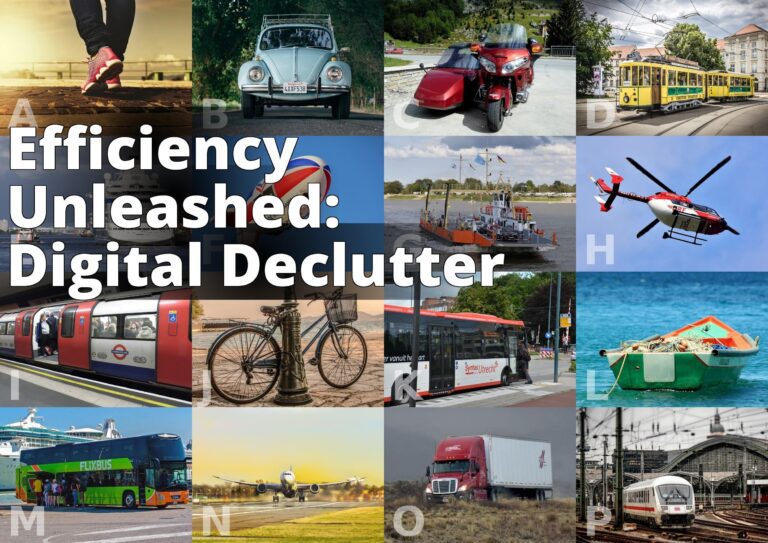

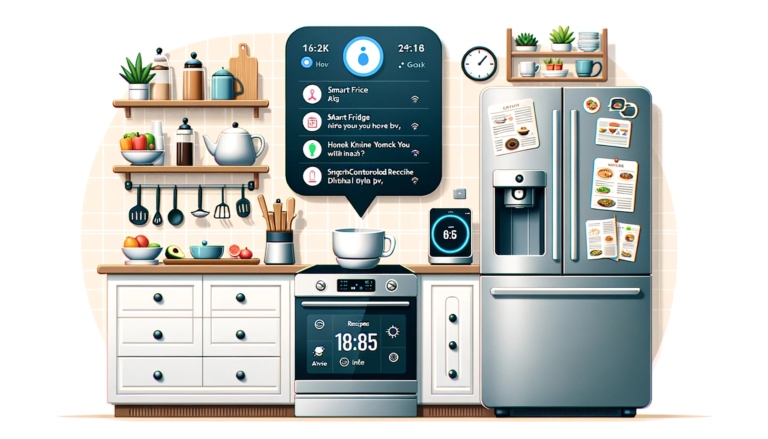
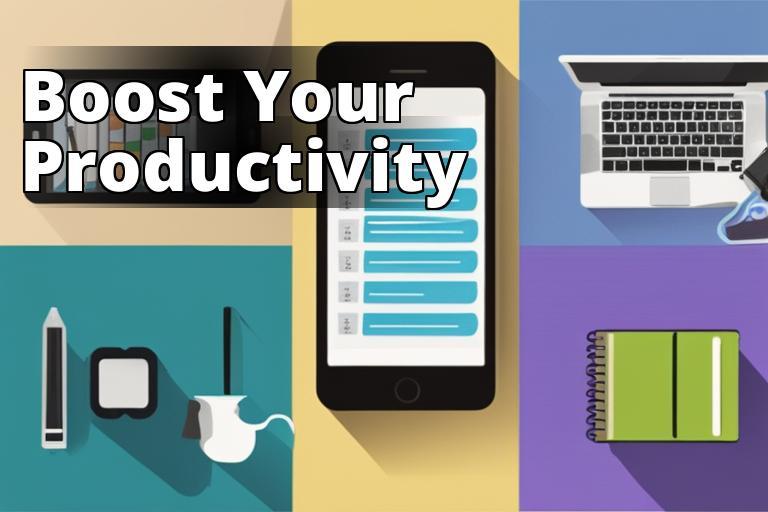

3 Comments
Comments are closed.